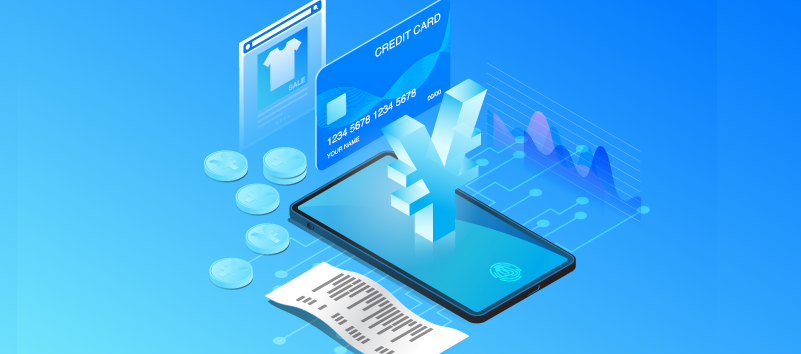Retail success has always involved the pursuit of finding the right audience, with the right product, at the right time. In e-commerce, opportunities to present those products to potentially interested consumers have multiplied, but become fragmented. For a population of consumers that are increasingly online, a purchase decision can be just a click away from a moment of inspiration, or the result of extensive research.
The concept of retail media is simple, but its execution can be complex. And although much of the technology that feeds retail media has been in varying stages of development or implementation for quite some time, the COVID-19 pandemic greatly accelerated timelines across our industry. Ready or not, the future is here.
To gain a stronger understanding of what retail media can mean for your business, we’re breaking it down according to a few of those old journalistic principles: what, where, how, why and who.
Wait, what are we talking about, exactly?
If you’re wondering what retail media are, and why you need to include some variations in your digital marketing arsenal, the first thing to realize is that “retail media” is simply another term for solutions that seek to capture that “right product, right customer, right time” formula. Retail media options connect your products to consumers ready to buy.
Although its implementation can take many forms — from the familiar to the highly innovative — the goal is always to plug into a consumer’s buying journey at key vantage points to influence a purchasing decision. This can occur through digital marketing, social, search and more.
Where is retail media implemented?
In the brick-and-mortar world, retailers have long presented offerings to consumers near point-of-purchase. In e-commerce, that presentation shifts to point-of-choice — sometimes during search, sometimes within the vicinity (immediately before or after) online checkout. Think sponsored ads and products on marketplaces. Social commerce. Delivery options. All with your products involved, presented to shoppers in a buying mood.
And the real wunderkind of retail media? Any option that reliably establishes (and presents to the consumer) a link between in-store purchase behavior and online ads.
Regardless of specific form, retail media focus on advertising during moments ripe with opportunity and buying power.
How does retail media work?
Sponsored products and banners are typical examples of retail media. Amazon Advertising offers Sponsored Products, Sponsored Brands and Sponsored Display Products, each with unique formats targeting buyers along varying points of their buying journey. eBay (which experienced significant growth in 2020) has its Promoted Listings program and recently renewed its focus on e-commerce, the refurbishment and funneling of returns into the selling cycle. Walmart has worked to more thoroughly connect in-store and online shopping among its consumer base, and continues to strengthen its pickup and delivery options. Its Walmart Connect program helps third-party sellers advertise to consumers near the point of sale.
Social commerce is another retail media form that often drives promotions (Facebook, Twitter) or offers inspiration to purchase (Pinterest). And, as consumers have begun to more frequently search for products available near them, the presentation of in-store pickup and delivery options has begun playing a more prominent role.
The key in all of this is data. High-quality data sets identify touchpoints for a group of consumers that allows advertising to target consumer interests with relevant content. This customer data can be obtained via first-party efforts, through consumer loyalty programs and similar opportunities, or purchased from third parties.
Why does any of this matter?
First and foremost, effective retail media increase sales. Additional benefits include boosting brand awareness and increasing your reach as a business.
On marketplaces especially, retail media can help your listings stand out in a crowded, competitive field.
Ultimately, the efficient use of retail media cultivates a deeper understanding of consumer engagement that will serve your business’s interests far down the road as the industry continues to evolve.
Who can help?
As a brand or retailer, you’re focused on providing quality products and top-notch customer service. You’re likely not a technology wizard. So how can you identify and implement effective retail media solutions?
The most effective retail media services streamline your efforts — and budgets. Instead of creating, tracking and reformulating separate campaigns across multiple marketplaces and retail sites, a successful plan combines an understanding of the strengths of your products with likely buyers into one plan that maximizes your return on ad spend (ROAS) on all platforms.
Leveraging automation is also essential. Keeping up with top keywords, negative keywords, marketplace requirements, ads that generate clicks, clicks that generate sales (and those that don’t) — just to name a few — is time-consuming and never-ending. Automation optimizes key components of your campaigns while saving you significant time.
Partnering with trusted experts in the area of retail media can take the burden of proficiency in this ever-changing area from you. Those who thoroughly understand all options, analyze trends and keep up with new innovations can make informed recommendations or take direct action for you, depending on your chosen level of involvement. Our team can do a complimentary analysis of your retail media advertising on Amazon, Walmart and eBay — complete this form to request one now.
Make the right choices in your partnerships and set clear goals, and you’ll unleash your true sales potential, gain competitive advantages and continue to adapt to consumer needs and technological advances through the future.



